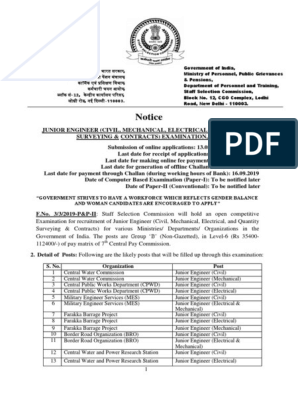0% found this document useful (0 votes)
110 views5 pagesMechanical Engineering Design Guide
Engineering design is an iterative process of creating plans to optimally convert resources into systems and devices to satisfy human needs. Mechanical engineering design deals specifically with systems that convert energy into useful mechanical forms. The goal of mechanical design courses is to teach skills like selecting materials and dimensions, as well as applying concepts from various engineering disciplines. Mechanical design involves both developing new systems from scratch and adapting existing designs, and follows a process from defining problems to producing working drawings and prototypes.
Uploaded by
Echebiri CollinsCopyright
© © All Rights Reserved
We take content rights seriously. If you suspect this is your content, claim it here.
Available Formats
Download as DOCX, PDF, TXT or read online on Scribd
0% found this document useful (0 votes)
110 views5 pagesMechanical Engineering Design Guide
Engineering design is an iterative process of creating plans to optimally convert resources into systems and devices to satisfy human needs. Mechanical engineering design deals specifically with systems that convert energy into useful mechanical forms. The goal of mechanical design courses is to teach skills like selecting materials and dimensions, as well as applying concepts from various engineering disciplines. Mechanical design involves both developing new systems from scratch and adapting existing designs, and follows a process from defining problems to producing working drawings and prototypes.
Uploaded by
Echebiri CollinsCopyright
© © All Rights Reserved
We take content rights seriously. If you suspect this is your content, claim it here.
Available Formats
Download as DOCX, PDF, TXT or read online on Scribd
/ 5





















































































